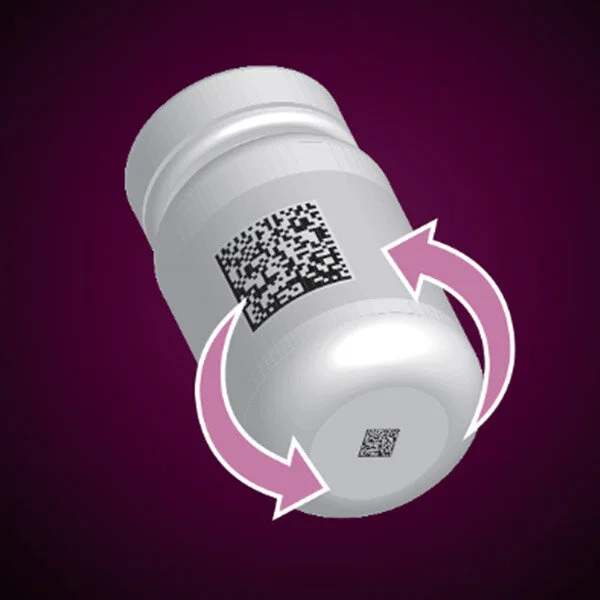How to Prevent Costly Inference Errors
Recognize a False Sense of Security Before it’s Too Late
Imagine the frustration when your product appears to be aggregated, but then you discover the serialized inference is off by one. Now you must unpack the lot and correct the error.
Unfortunately, this costly scenario is common among low integrity processes, especially those with First In, First Out (FIFO) operations and those susceptible to human judgement and intervention.
ALWAYS VERIFY; Don’t Assume
High integrity aggregation solutions will always verify the parent-child relationship and never assume based on process or protocol.
‘Pack First, THEN Inspect’
Your process, and not the level of automation deployed, is the most important factor to achieving high integrity aggregation data, which will lead to fewer inference errors and a stronger supply chain. Omega deeply believes that you must create a pack first and then inspects its contents.
At the Unit level, this may involve:
Applying a code to every unit
Tracking units prior to serialized labeling
Inspecting the unit code and the serialized label simultaneously, when possible
Associating the data
At the Pack level, this may involve:
Collating the units (via a Shrink Bundler or Stretch Bander)
Print-and-appling a serialized pack label
Inspecting all unit (or helper) codes and the pack label simultaneously
Associating the data
At the Case level, this may involve:
Forming a case
Loading individual units or packs
Inspecting each case layer (for unit or pack codes)
Print-and-applying a serialized case label
Aggregating the data and then immediately sealing the case
Fail-Safe Programming
Fail-Safe Programming is an engineering mindset that results in better solutions to protect your brand and to maintain data integrity. The execution may vary from application-to-application, but will generally involve:
providing operators with intuitive machine guidance
requiring product pass signals
adding reject redundancy protection
For example, the Intelli-Pac Serialized Case Packer includes:
Layer-by-Layer Inspection
An overhead vision system inspects a case’s contents while a display provides real-time results. An operator must replace unreadable or bad product. Successful layer confirmation is required before the operator can proceed.
Prevention of False Positives
The machine’s PLC requires a pass signal for all product going through the inspection system. A fail or absent signal will force a reject. To make sure a false positive doesn’t slip by, the PLC also expects to see the signal’s state change within a preset amount of time or else the machine will fault.
Prevention of Premature Case Sealing
Operators cannot push a case through the case sealer unless the belts are turned on, which happens once the case is fully inspected and authorized to proceed.






